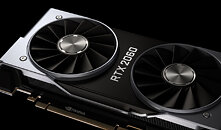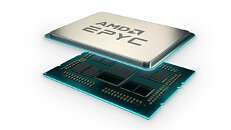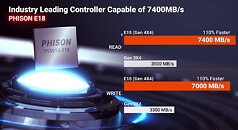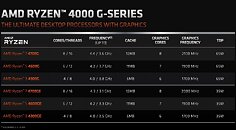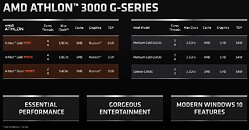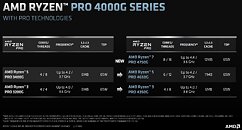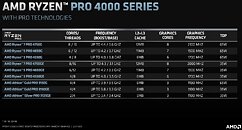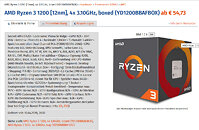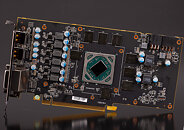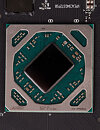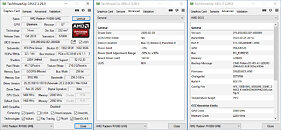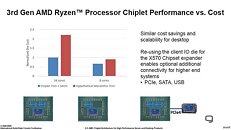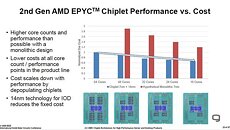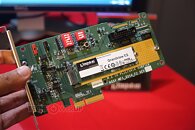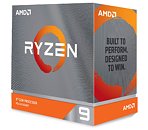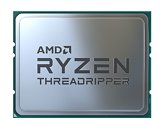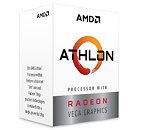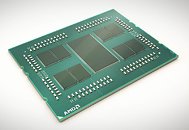
AMD and GlobalFoundries Renew Wafer Supply Agreement
AMD in its 8-K filing with the SEC, disclosed that it has updated its wafer supply agreement (WSA) with GlobalFoundries. Under the latest agreement, AMD commits to buy $2.1 billion worth wafers from GlobalFoundries between 2022 and 2025. The previous version of the WSA saw commitments up to 2024, and wafers worth $1.6 billion. The update hence adds another year and $500 million worth supply.
AMD currently sources 12 nm and 14 nm wafers from GlobalFoundries, which go into making cIOD and sIOD components in its processors, and motherboard chipsets. The move to extend the WSA indicates that the company may continue to use 12 nm-class I/O dies in its processors for the foreseeable future. It will be very interesting to see if 12 nm-class I/O dies make it to next-generation products such as "Genoa" and "Rapael," which integrate the latest IP blocks such as PCI-Express Gen 5 root-complexes, DDR5 memory controllers, and 3rd Gen Infinity Fabric. Processors with 12 nm I/O dies, such as "Milan" and "Vermeer" could be retired only by 2023-24, as AMD will use 2022 to spread across its next-gen product launches.
AMD currently sources 12 nm and 14 nm wafers from GlobalFoundries, which go into making cIOD and sIOD components in its processors, and motherboard chipsets. The move to extend the WSA indicates that the company may continue to use 12 nm-class I/O dies in its processors for the foreseeable future. It will be very interesting to see if 12 nm-class I/O dies make it to next-generation products such as "Genoa" and "Rapael," which integrate the latest IP blocks such as PCI-Express Gen 5 root-complexes, DDR5 memory controllers, and 3rd Gen Infinity Fabric. Processors with 12 nm I/O dies, such as "Milan" and "Vermeer" could be retired only by 2023-24, as AMD will use 2022 to spread across its next-gen product launches.








